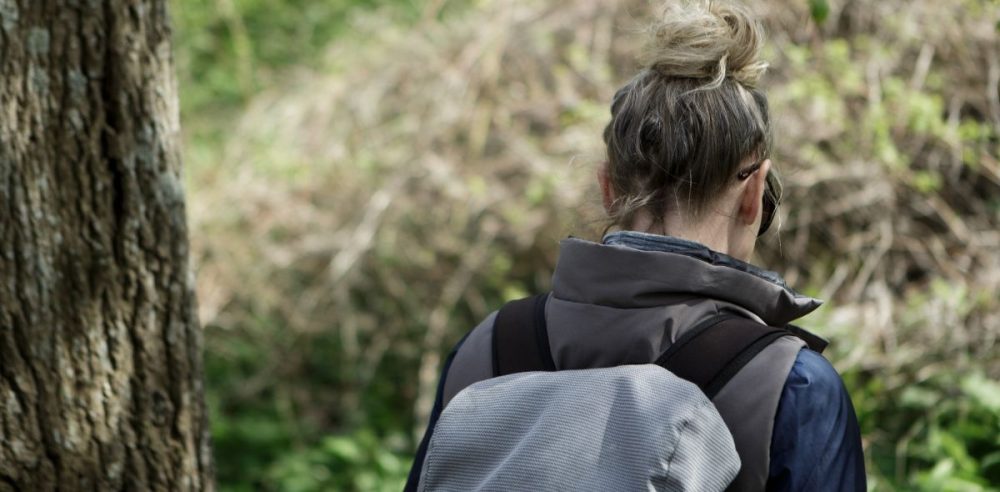Traditional walking is great, and most of us should probably do more of it, but adding weight to your walk can help transform the activity.
If you see your neighbor hustling around the block with a weighted vest, chances are they are rucking. Rucking is essentially marching with an added load, as the military does.
At first glance, rucking looks like walking, but it is slightly different. Typically, the activity is done with a bit more aggressiveness than a traditional walk. This slightly faster pace and the added load help give you a light cardiovascular workout.
Activities like long-distance running, while likely more potent cardio exercise than rucking, can actually be detrimental to maintaining muscle mass. Rucking truly shines in its ability to help maintain and even build muscle while delivering cardiovascular benefits. Rucks strike a balance that gives your heart a workout and your lower body, core, and shoulders.
Like walking, rucking is best enjoyed outside. You get exposure to fresh air, which will help you sleep restfully in the evening. You also benefit from a dose of vitamin D, assuming you ruck during the day.
The outdoors also typically involves some volatility in terrain, a welcome challenge that can help make the ruck worthwhile.
Walking with a heavy backpack is also great for your posture, a fix desperately needed by many people in the modern world who spend hours sitting at a desk all day. Loaded backpacks tend to pull you back, forcing you to maintain a strong, upright position.
Another benefit of rucking is just how simple it is to get started. While you can opt for a pricey weighted vest or expensive military-grade rucksack, you can just as easily test out the activity with a run-of-the-mill backpack and some added weight. To load it down, you can wrap some light dumbbells in a towel or use a large bag of rice or sand.
Of course, as the load grows, you might want to consider a heavier-duty bag capable of withstanding heavier loads. Bags designed for rucking also often come with chest or waist straps that can help safely distribute the weight. Ergonomic weights that fit efficiently into a backpack are also available.
Experts say it is best to start rucking with a low weight and a short distance. Even just five or 10 pounds on a one-mile ruck is a great place to begin to help acclimate to the activity.


